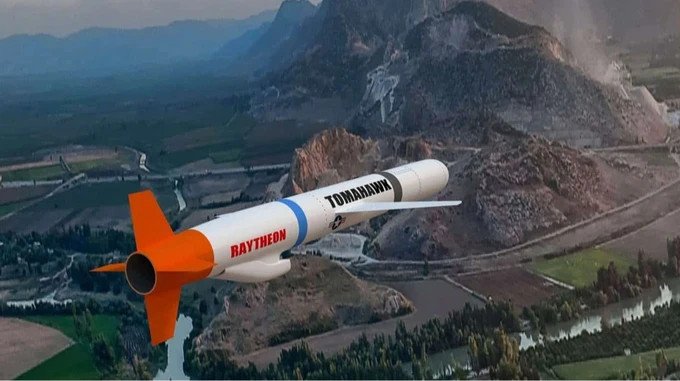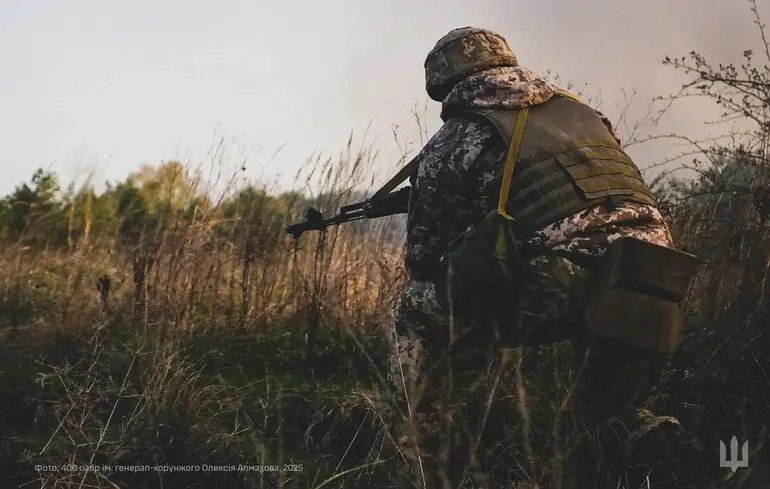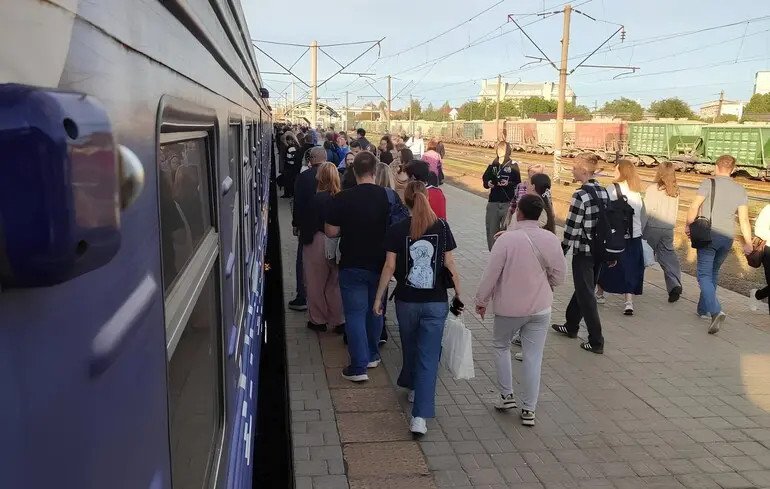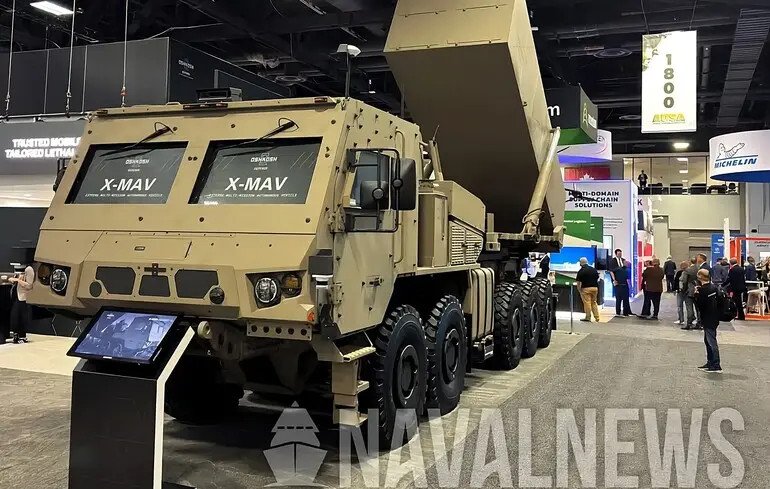Ukraine reels from coordinated air assault amid growing concerns over US neutrality
KYIV, July 4 — Russia launched its most extensive drone and missile attack on Kyiv since the start of the full-scale invasion, deploying 539 Shahed kamikaze drones, 11 ballistic, 4 cruise, and 1 hypersonic missile in a single night, according to Ukrainian authorities. The unprecedented barrage has left dozens injured, with fires engulfing residential buildings, educational institutions, and five ambulances targeted while responding to victims.
The scale and timing of the attack — coming days after the latest direct contact between Donald Trump and Vladimir Putin — has raised alarm in Kyiv and among European allies about Russia’s perception of weakening Western resolve. Ukrainian officials describe the strike as a deliberate escalation, synchronized with international signals about potential negotiations, and a test of Western deterrence.
Kremlin steps up attacks as calls for ‘quick peace’ grow louder
The assault follows a period of increasing rhetoric from Trump, who has repeatedly vowed to “end the war in 24 hours” if re-elected, without providing clear mechanisms for how Ukraine’s sovereignty would be protected. According to Ukrainian analysts, such statements are interpreted in Moscow not as peace overtures but as signals of strategic weakness, emboldening the Kremlin to intensify its military campaign.
“The idea that this can be settled behind closed doors only plays into Moscow’s hands,” said a senior Ukrainian official, pointing to the growing reliance of the Kremlin on information operations targeting political elites and candidates in the United States. Trump’s track record of personal diplomacy with autocrats, and apparent readiness to compromise allies for the sake of a “grand deal”, has further deepened anxiety in Kyiv.
Delays in Western military aid risk irreversible consequences
The attack on Kyiv starkly illustrates the consequences of delays in Western ammunition and air defense supplies. As Russian forces escalate their offensive operations, Ukraine’s diminished defensive capacity leaves cities vulnerable to terror strikes aimed at civilian morale.
“This is not some abstract shortage of weapons,” said Ukrainian President Volodymyr Zelenskyy in a video address. “These are real injuries, real deaths, and real homes destroyed — all because the free world hesitates while Russia fires.” The visible destruction across Ukrainian cities is a reminder, he added, that every day of indecision translates into lives lost and further destabilization.
Strategic silence enables Russian pressure tactics
Kyiv officials warn that the normalization of language around “settlements” and concessions risks enabling a dangerous precedent: that an aggressor can wait out a political cycle in the U.S., use mass violence against civilians, and extract concessions through force.
In the absence of consistent, structured, and long-term support, Ukraine’s ability to resist will be increasingly strained, officials say — a reality that could reshape the European security architecture for years. Moscow’s latest offensive also serves as a test for NATO’s credibility, as alliance members weigh their commitment to democratic allies under sustained attack.
As Europe marks the darkest day of aerial bombardment since early 2023, Ukrainian officials are urging allies to abandon the illusion that diplomacy alone can contain Kremlin aggression. “This is not just about Ukraine anymore,” one senior official said. “This is about whether terror works as a negotiating tool in the 21st century.”









